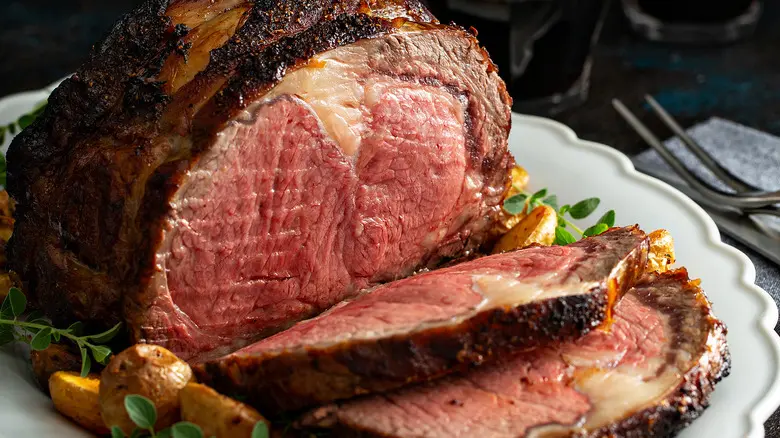What's in a Name?
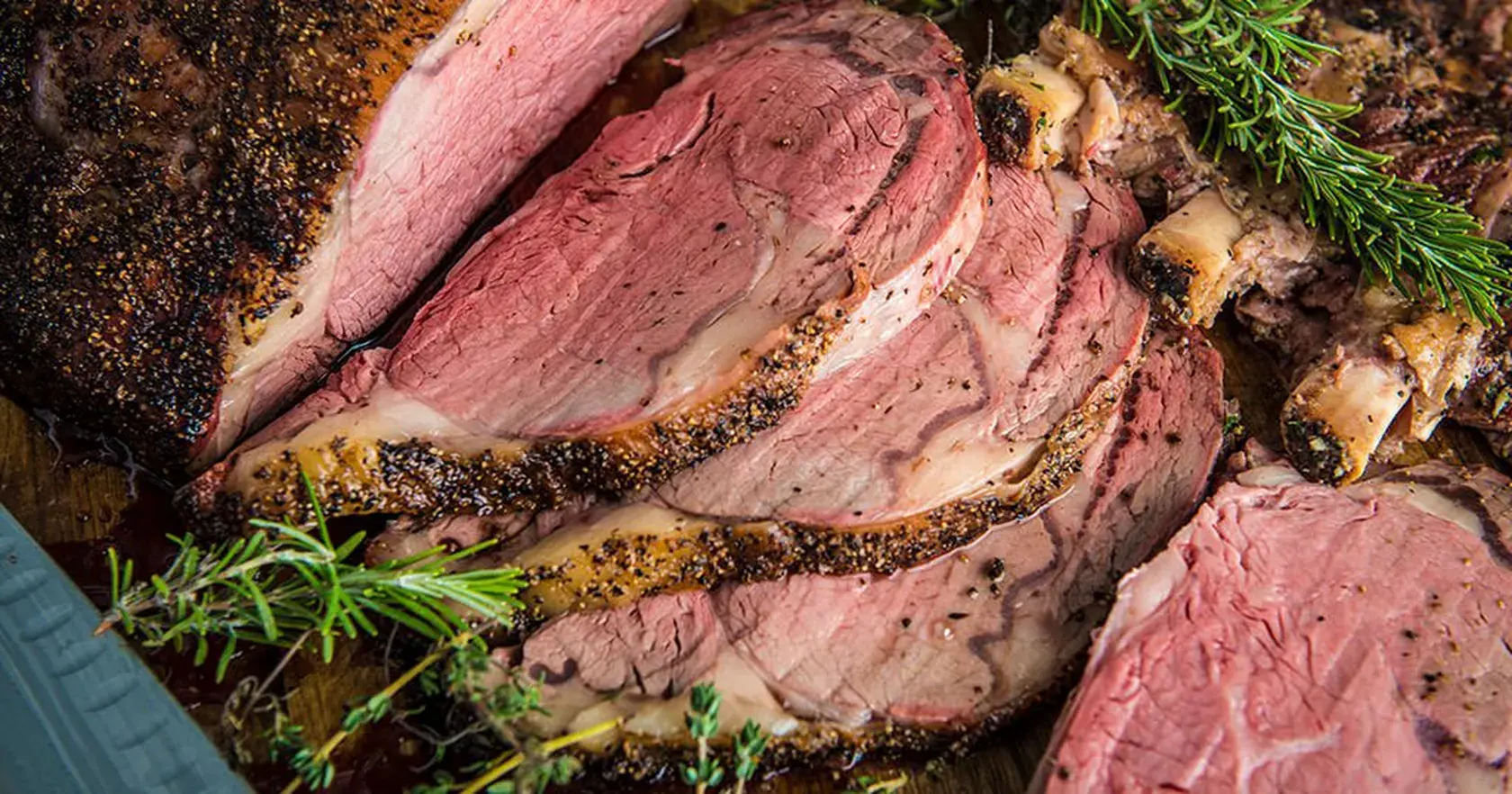
The terms "rib roast" and "prime rib" are often used interchangeably, leading to considerable confusion for both novice and seasoned cooks. In reality, they refer to the same cut of beef. Both come from the primal rib section of the cow, specifically from ribs six through twelve. This section is located in the upper middle part of the animal, behind the shoulder and before the loin. The "rib" part of the name is straightforward, indicating the bone-in nature of the cut. Therefore, when you encounter either term, you can generally expect to be dealing with a flavorful, bone-in roast from the rib section of beef.
Prime Rib is Not Always Prime Grade
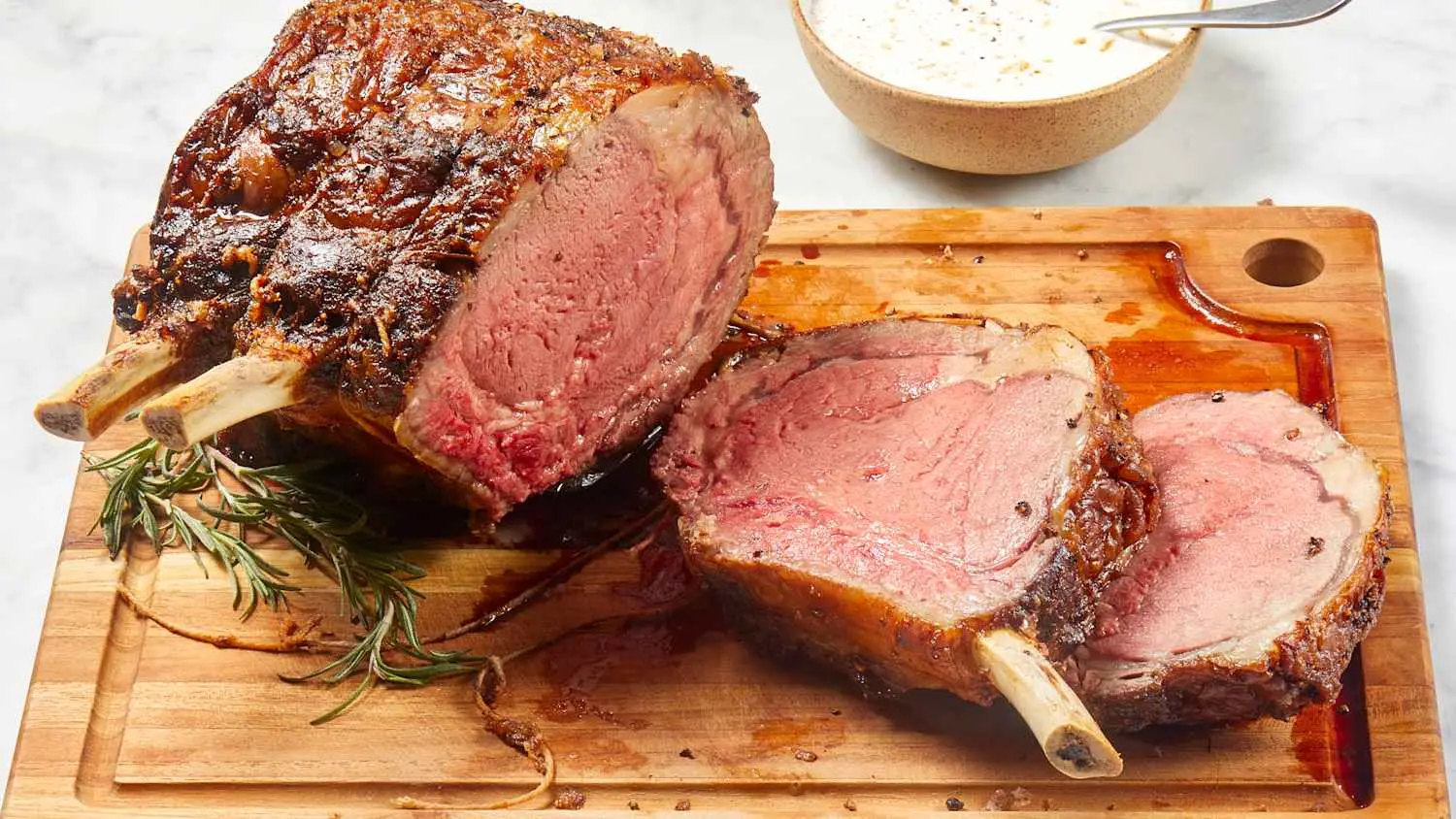
The term "prime rib" can be misleading because it does not necessarily indicate a "Prime" grade of beef according to USDA standards. USDA grades refer to the quality of the meat, with "Prime" being the highest grade, followed by "Choice" and "Select." While a prime rib can be of Prime grade, it can also be of Choice or Select grade. The "prime" in "prime rib" refers to its status as the "primal" cut, meaning it’s one of the initial, larger cuts of beef separated during butchering. Therefore, always check the USDA grade label separately if you are specifically seeking Prime grade beef for your rib roast. Don't assume "prime rib" automatically means top-tier quality; look for the "USDA Prime" label instead.
Cooking and Flavor Similarities
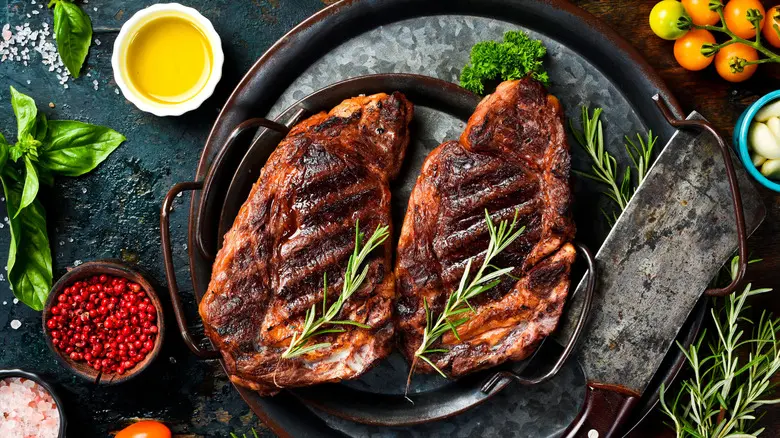
Regardless of whether you call it a rib roast or prime rib, and no matter the USDA grade, the cooking methods and expected flavor profiles are very similar. This cut of beef is known for its rich marbling of fat within the muscle, which renders beautifully during cooking, resulting in a tender and juicy roast. Common cooking methods include roasting at high heat initially to develop a crust, then lowering the temperature to cook it through to the desired level of doneness. The flavor is robust and beefy, enhanced by the bone which contributes to moisture and depth of taste during cooking. Whether you choose to sear it, slow roast it, or grill it indirectly, expect a deeply flavorful and satisfying centerpiece for any meal when cooking a rib roast or prime rib.
Choosing Your Roast
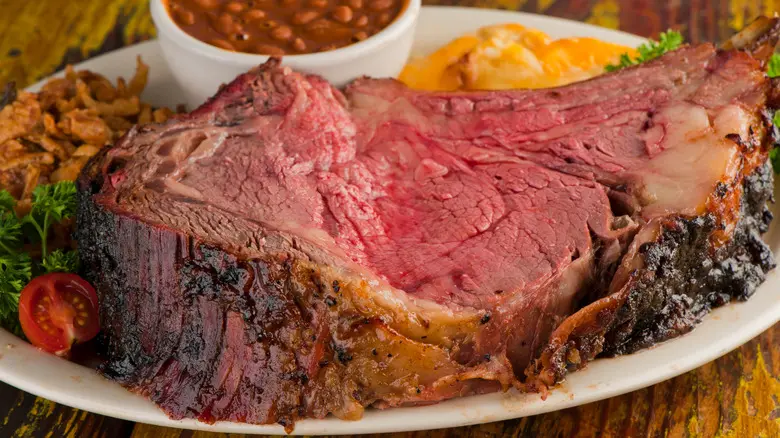
When purchasing your roast, whether labeled rib roast or prime rib, focus on a few key factors. Look for good marbling throughout the meat, meaning fine streaks of fat evenly distributed within the muscle. This marbling is crucial for flavor and tenderness. Consider the size based on the number of people you plan to serve, allowing about a pound per person for bone-in roasts. Finally, decide if you want bone-in or boneless. Bone-in roasts are generally considered more flavorful and stay moister, while boneless are easier to carve. Ultimately, whether you call it a rib roast or prime rib, choosing a well-marbled roast and cooking it properly will result in a delicious and impressive meal.
Recommended
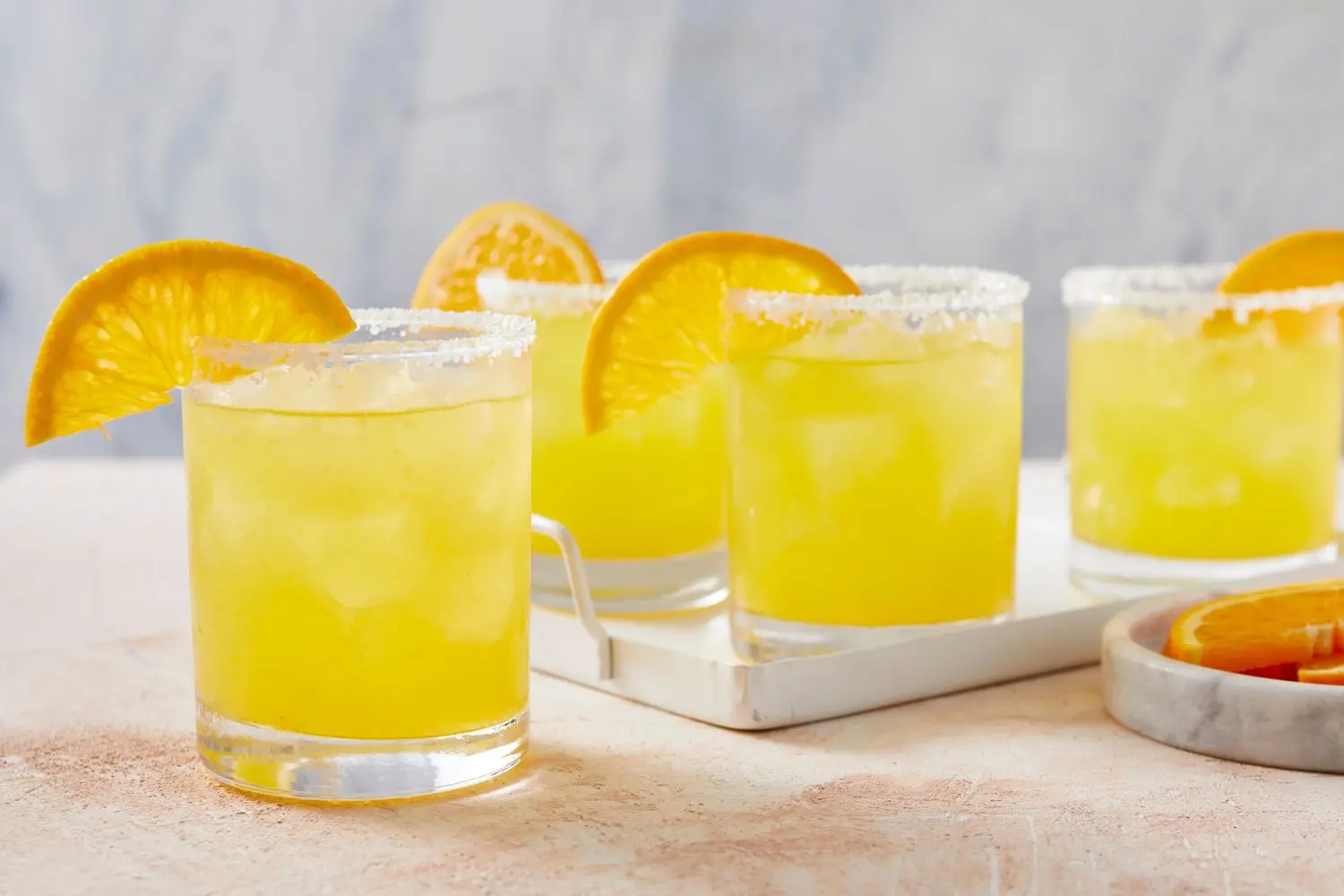
What Tequila Does Texas Roadhouse Use For Its Margaritas?
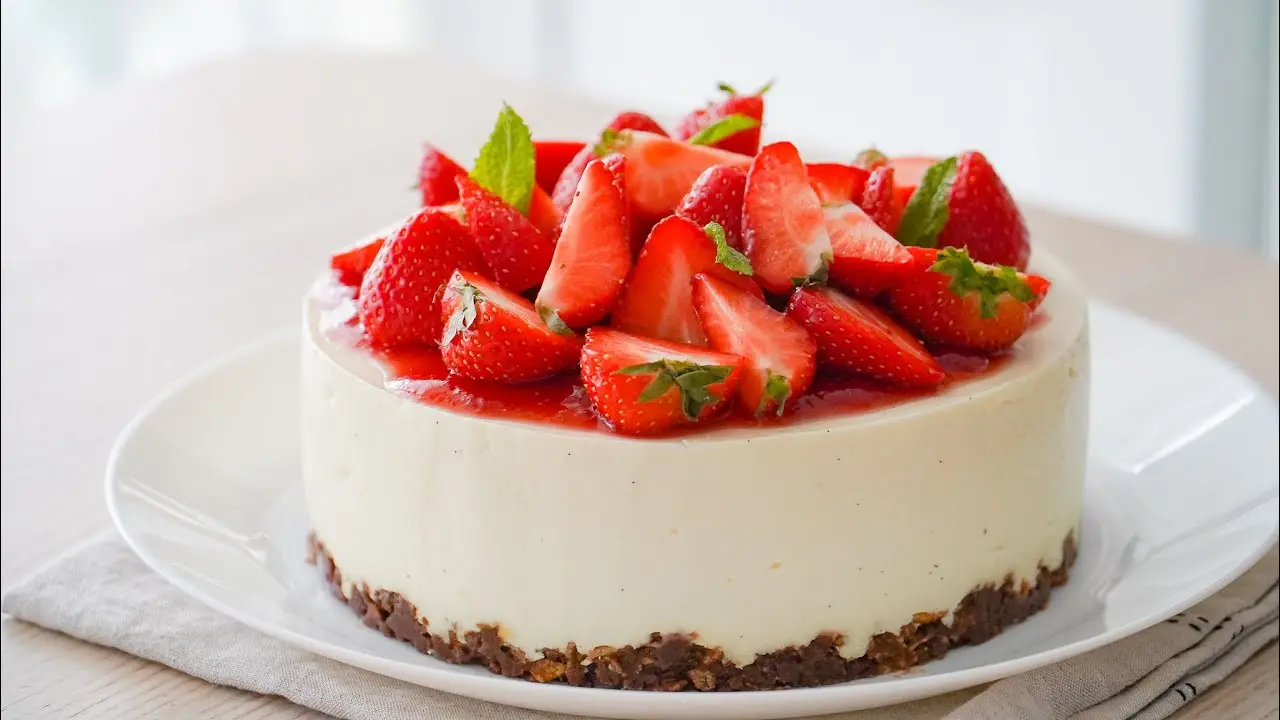
Give No-Bake Cheesecake A Better Texture Using Only One Ingredient
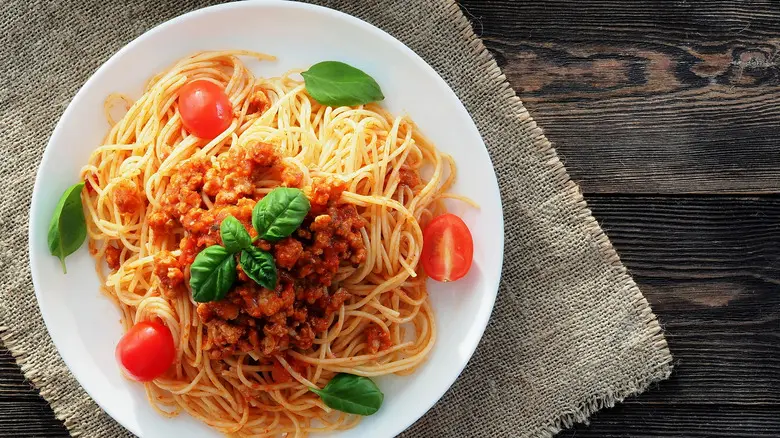
The Real Meaning Of 'Al Dente' (And Why It Matters For Your Pasta)
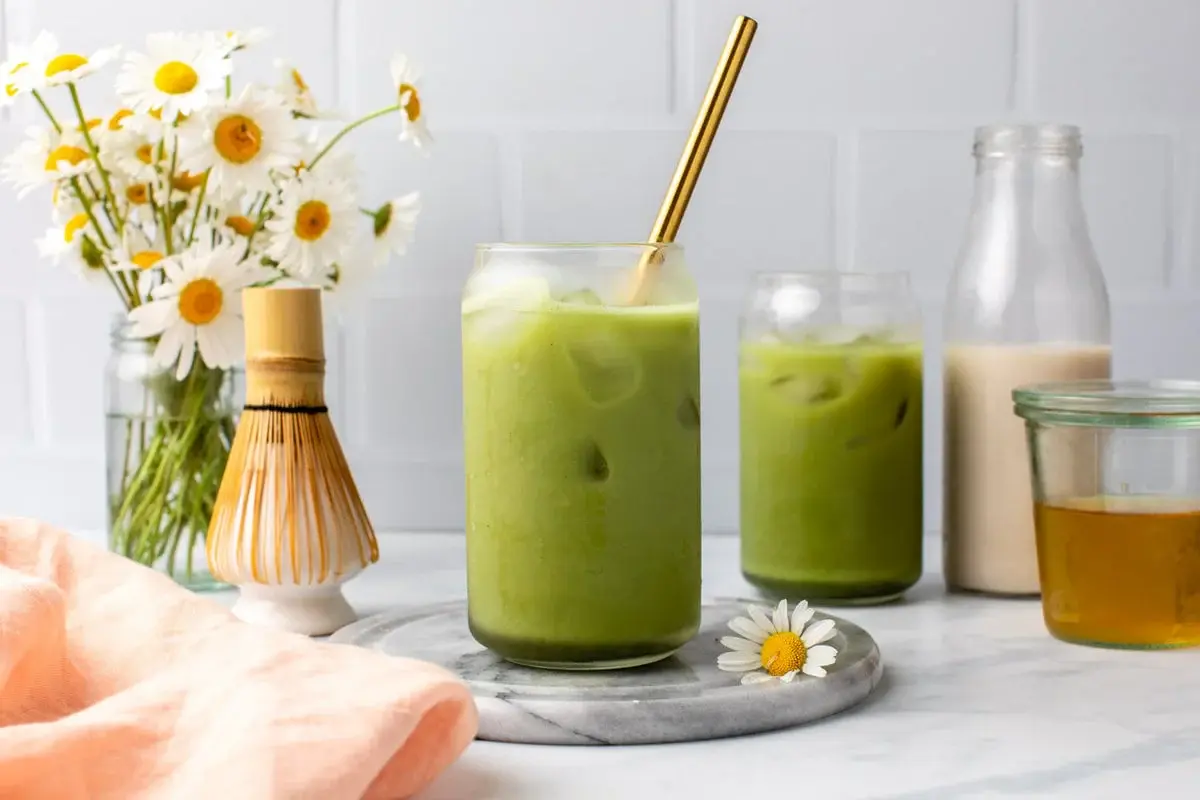
The Matcha Latte That Tastes Like Sipping Spring
Next up

